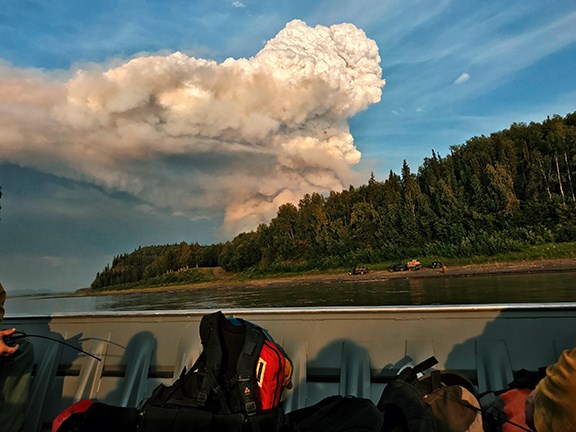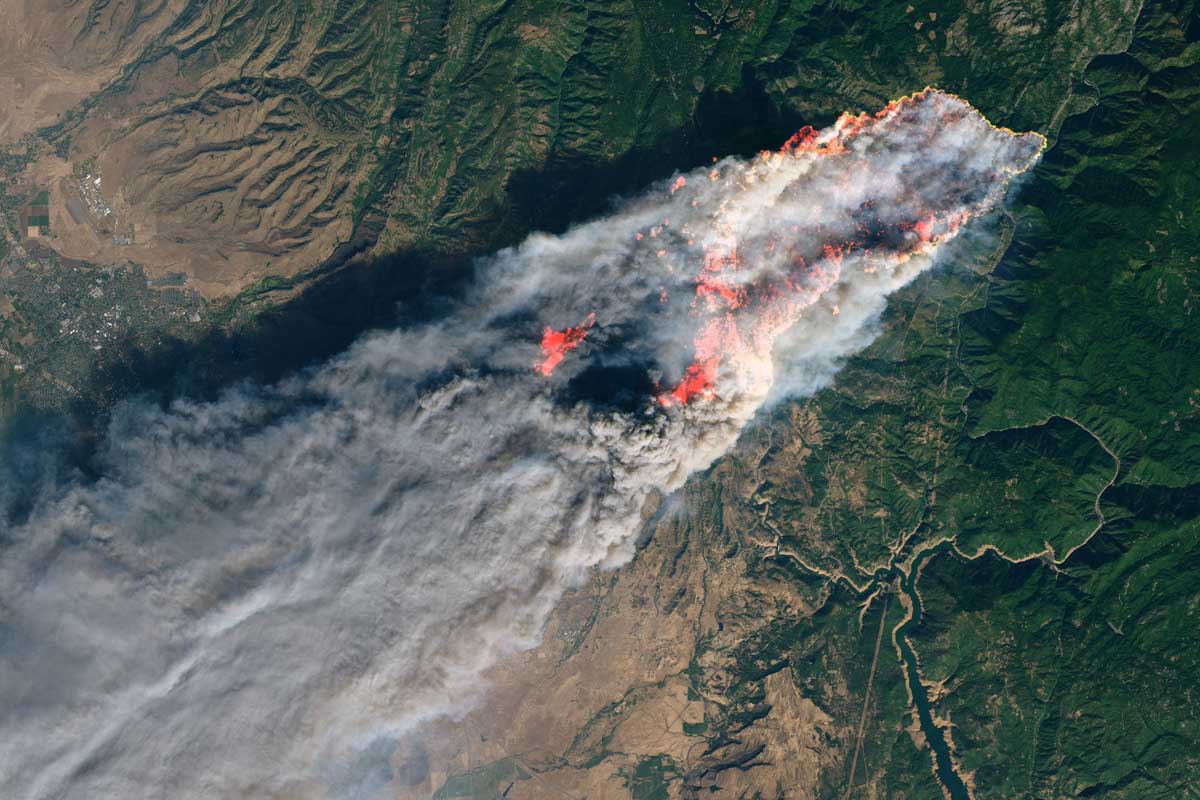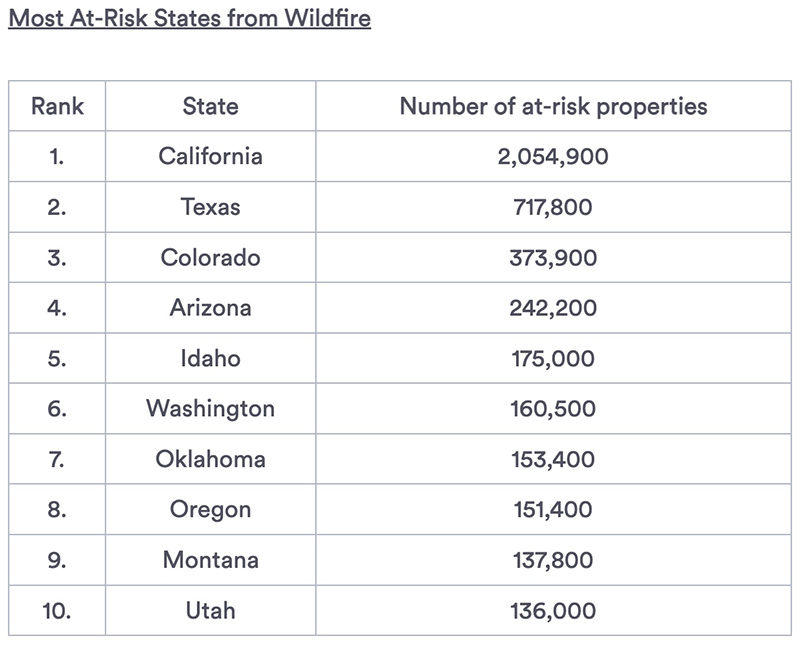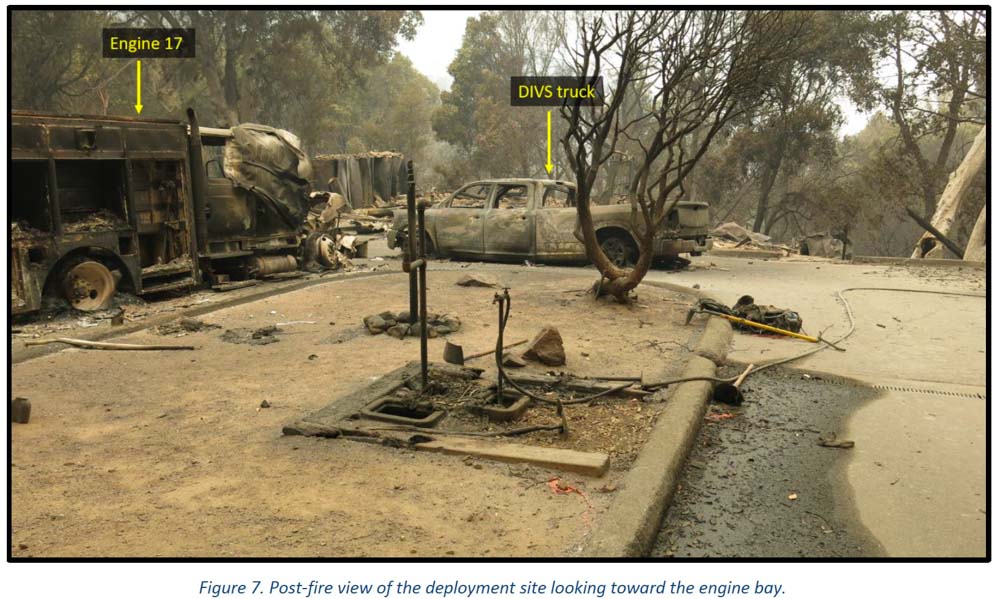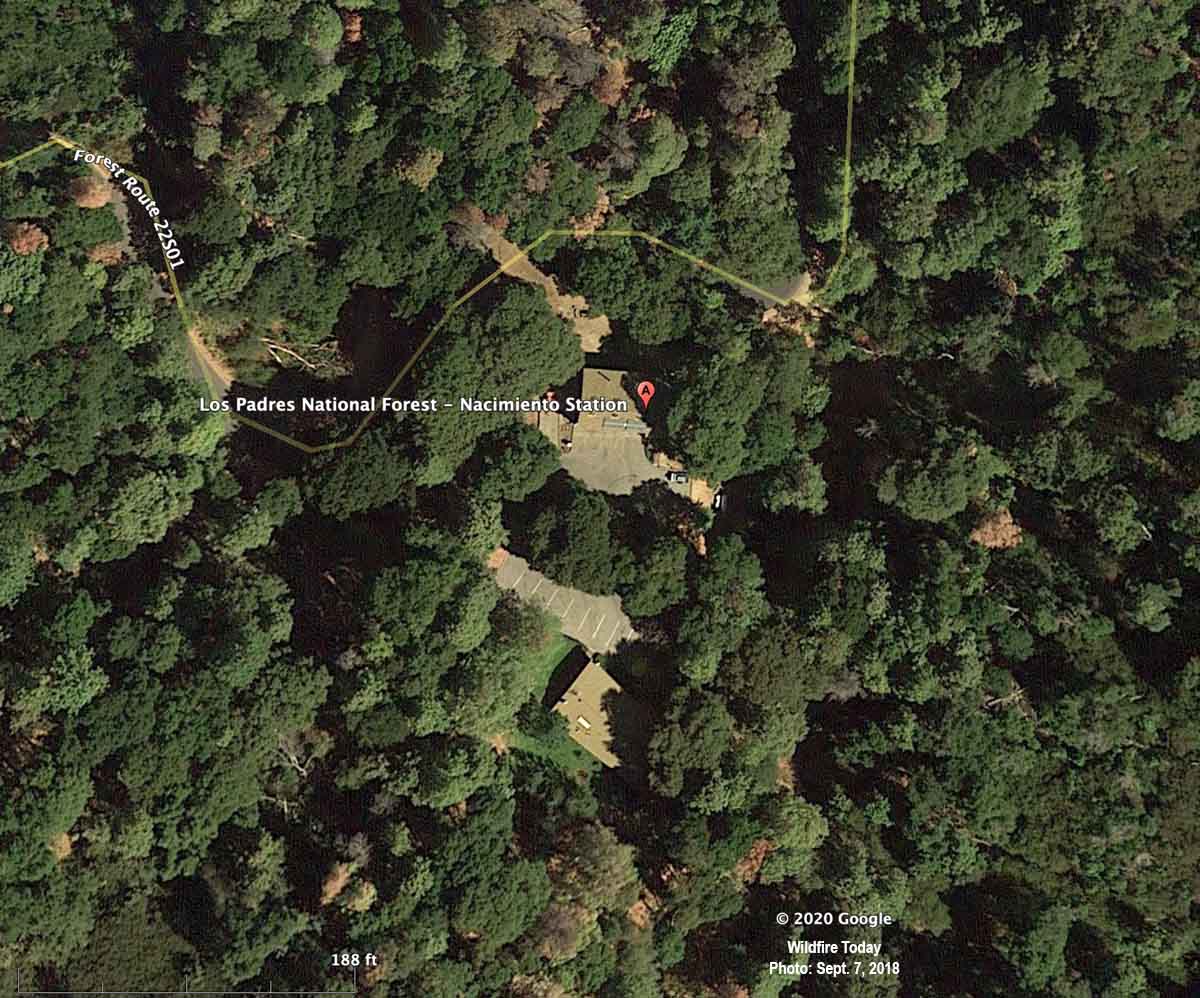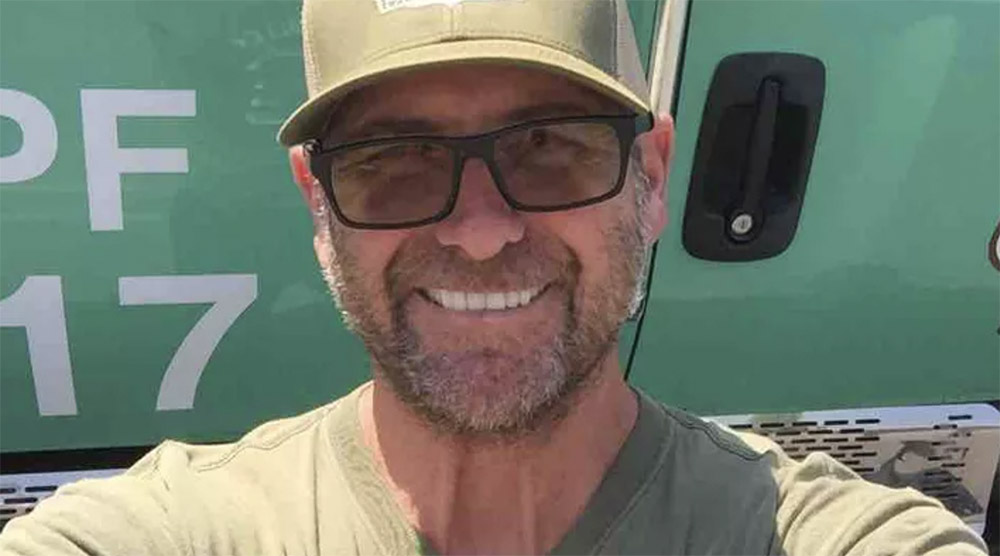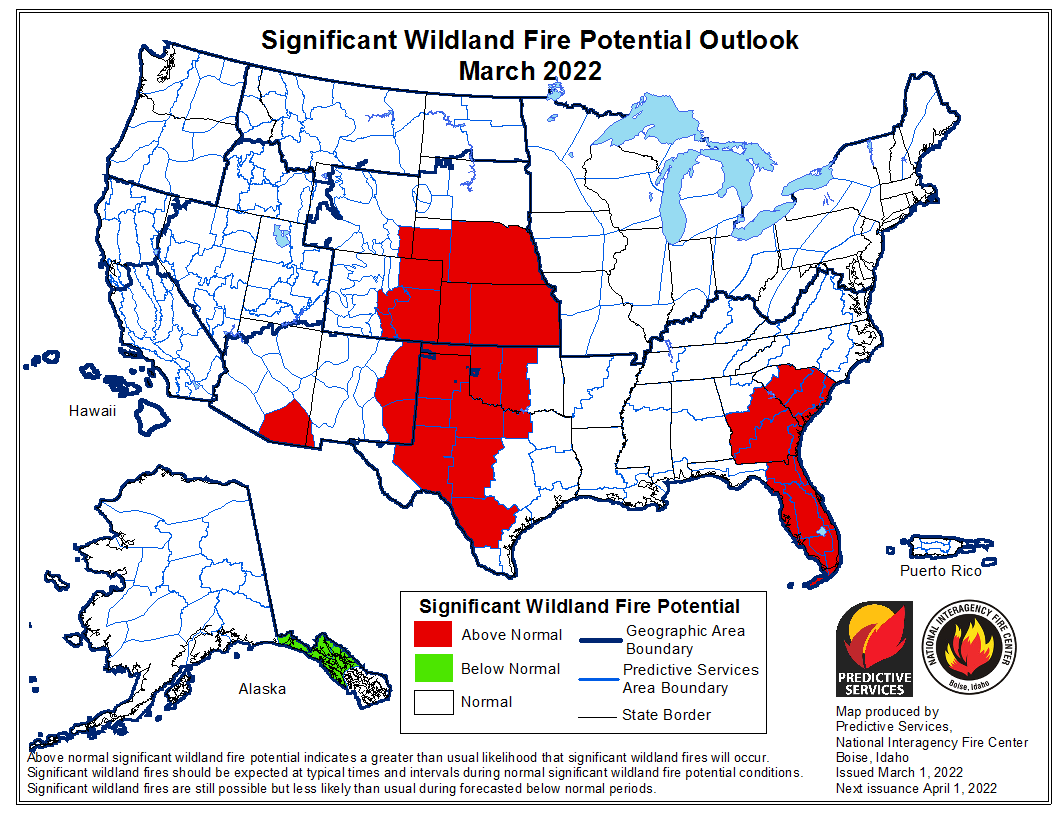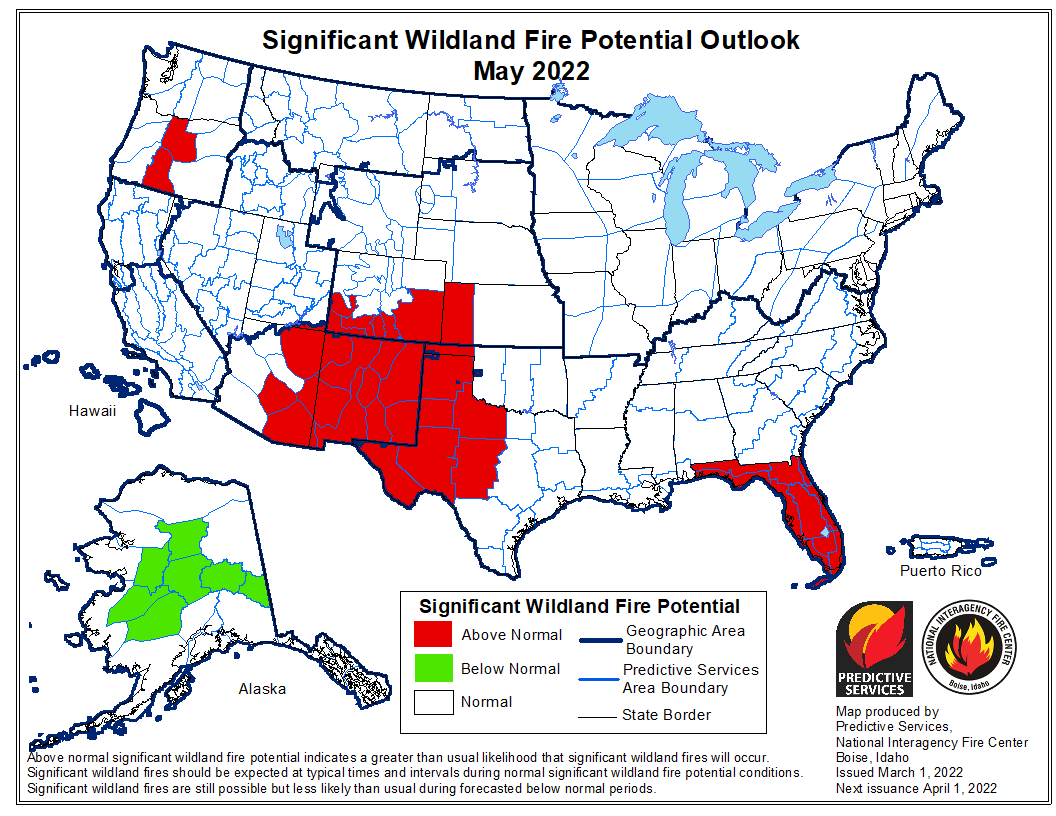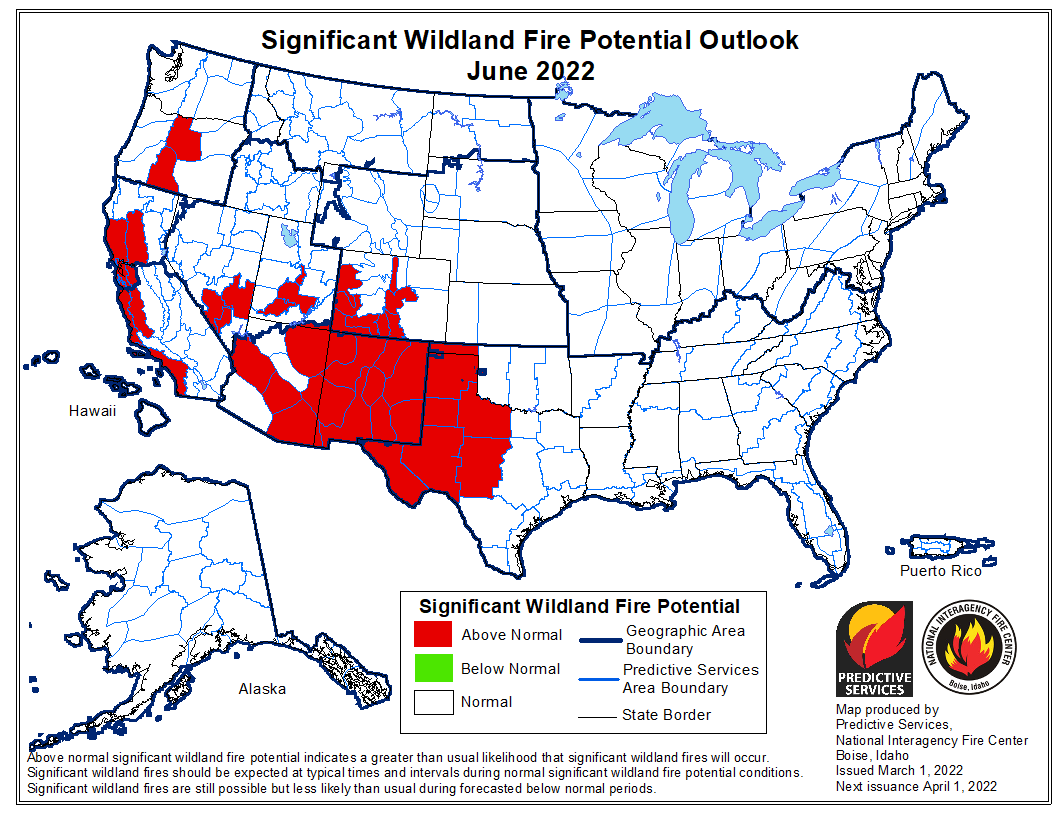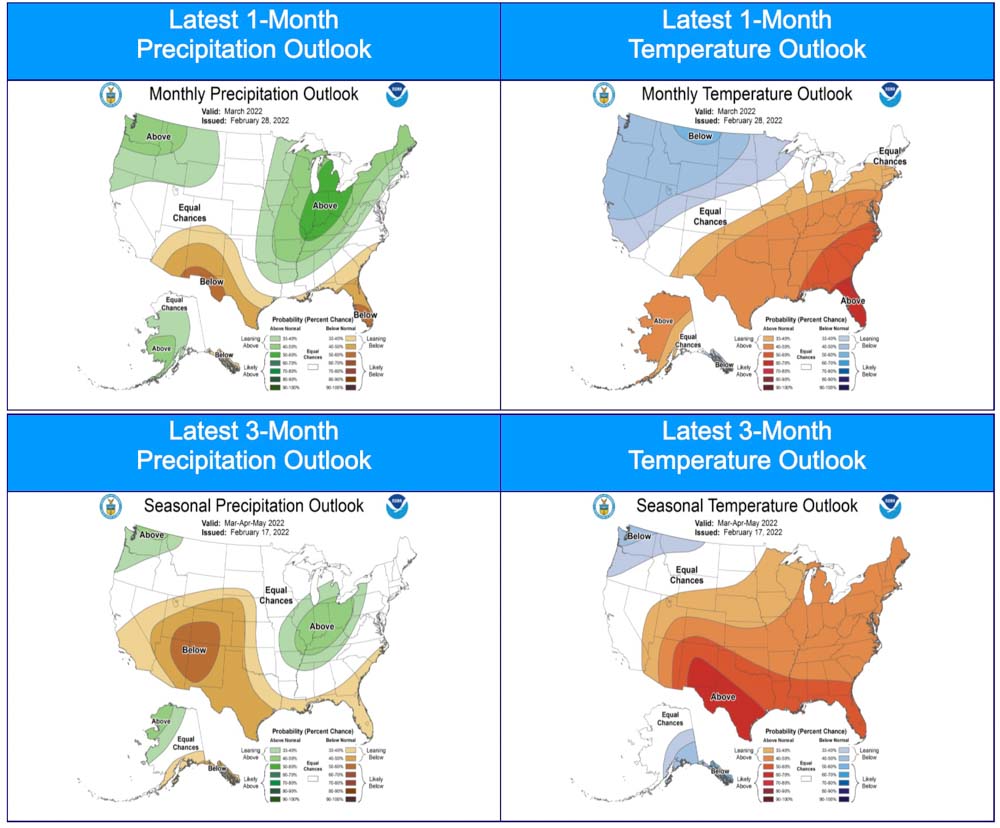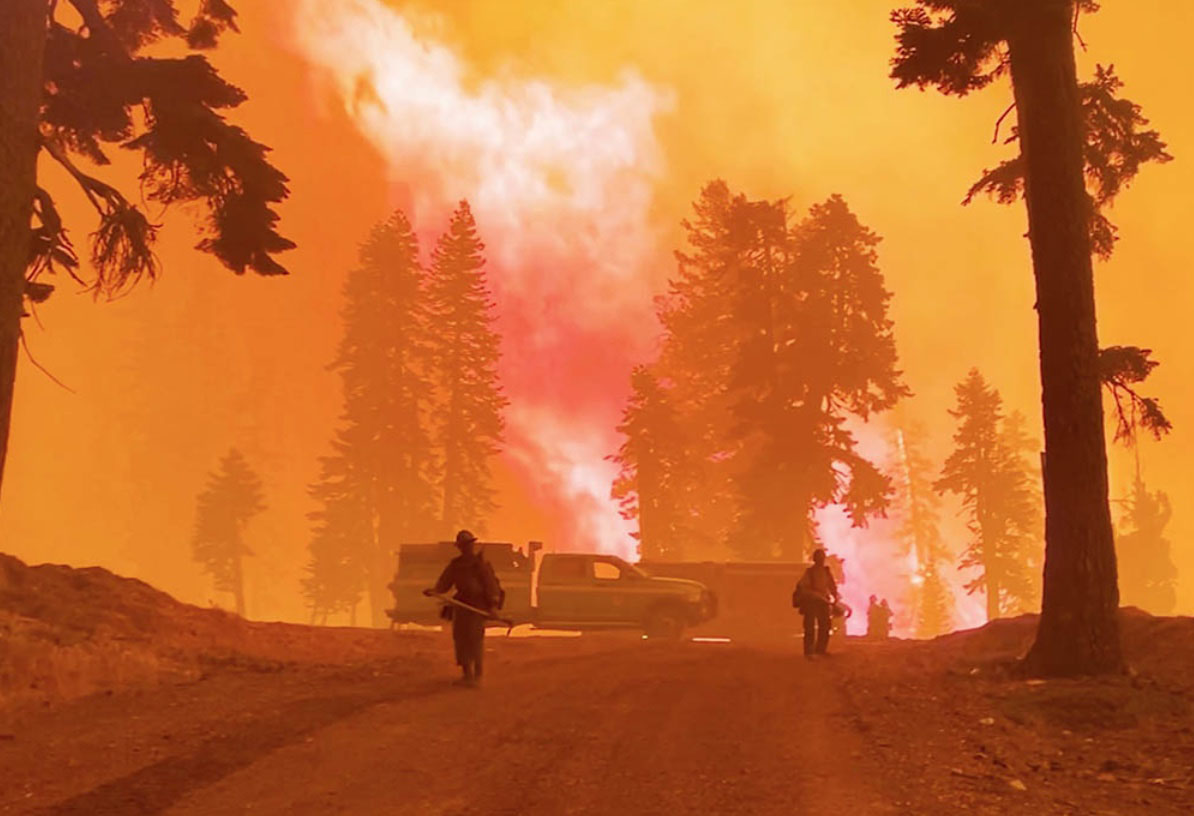
The Grassroots Wildland Firefighters (GWF) group has released information about their latest effort to focus on the issues of mental health and comprehensive well-being of firefighters.
In the summer of 2021, GWF made an anonymous survey available to partners and spouses of federal wildland firefighters. In completing the survey, 1,841 respondents shared their experiences as the loved one of a federal wildland firefighter, shedding light on what it’s like to raise a family, manage a household, and support firefighters battling mental health issues.
The results were astounding, according to the GWF. They revealed that:
- 73.1% of respondents regularly worry about the possibility of a tragic accident on the fireline. And 65.4% lack confidence in the agency to take care of them if something were to happen to their partner while on duty.
- 60.2% report that their partners have been impacted by an incident at work that resulted in mental health challenges. Of those respondents whose partners reached out for help, only 2.8% strongly agreed that the agency’s Employee Assistance Program was helpful.
- Extended absence physically and/or emotionally was the number one stressor reported as “extremely impactful” to respondents.
- For suggested areas of future support, wildland firefighters’ partners indicated that the top three areas they’d rate as “extremely helpful” were: higher pay to reduce financial stress (88.0%), year-round access to health care for seasonal firefighters (80.2%), and access to mental health professionals who understand fire culture (58.3%).
When given the opportunity to comment freely, survey respondents said things like:
- “It is really hard being a partner to a wildland firefighter; his mental health has really deteriorated in the last few years. More stress with his newer roles and very little pay to compensate for it. There really aren’t enough resources for him to find help with the mental health issues he’s been having.”
- “The mental health issues seem to have compounded over time with the nature of the job but also the loss of friends and co-workers to fire related deaths and suicide.”
The GWF said as another fire season begins it is urgent that Congress move forward in the House of Representatives to pass the Tim Hart Wildland Firefighter Classification and Pay Parity Act. (H.R. 5631). The legislation bears the name of a firefighter who died while working on the Eicks Fire in New Mexico in 2021. It would address many of the heartbreaking issues wildland firefighters and their partners face, including raising firefighter pay, creating a wildland firefighter job series, providing health care and mental health services to temporary and permanent wildland firefighters, housing stipends, and other improvements. (More details are in the Wildfire Today article from October 19, 2021.)
“Tim would be humbled and honored to have this legislation be a part of his legacy,” said Smokejumper Tim Hart’s wife Michelle Hart. “These issues were deeply important and personal to him. Wildland firefighters deserve to be recognized and compensated for the grueling conditions in which they work and for putting their lives on the line every day. This legislation is a major step forward in achieving that goal.”
"We've given too much for too little for too long," said one survey respondent.
The video below has more information about the partners and spouses survey.

